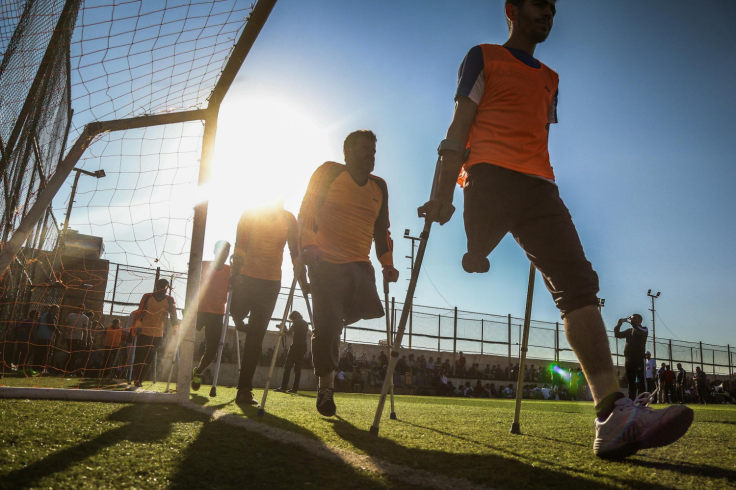Report Reveals 10% Surge in Students with Disabilities, Highlighting Persistent Graduation and Employment Gaps
ByThe landscape of higher education is changing, with an increasing number of students with disabilities seeking access to postsecondary education.
A recent study by the U.S. Government Accountability Office shows a 10% rise in students with disabilities since 2004, now at 21% of all learners. Despite this growth, students with disabilities still face significant challenges in graduating from college and securing full-time employment compared to their peers without disabilities.

Graduation and Employment Disparities
One of the key findings of the report is the disparity in graduation rates between students with disabilities and their peers. Only 21 percent of students with disabilities graduate from college, compared to 38 percent of their non-disabled peers. Furthermore, among those who do graduate, students with disabilities are less likely to be employed full-time compared to their peers.
These disparities highlight the need for targeted support and interventions to ensure that students with disabilities have equal opportunities for success in higher education and beyond. Understanding the barriers that these students face is crucial in developing effective strategies to support their academic and career goals.
Identifying Barriers to Success
Researchers conducted interviews with staff in disability services offices, students with disabilities, and faculty members to identify the most prevalent barriers to student success. These interviews revealed four primary themes:
- Role of Self-Advocacy: Many students with disabilities are underprepared to advocate for themselves in requesting accommodations. They may not be aware of the differences in responsibilities between higher education and previous educational experiences, where parents or professors may have taken on more active roles.
- Changes in Eligibility: Students often lack awareness of how their academic supports may differ in college compared to high school due to changes in eligibility under federal law. Certain accommodations that were appropriate in high school, such as retaking tests to improve grades, may no longer be considered appropriate in college.
- Need for Documentation: Obtaining documentation for accommodations can be challenging for students. They may not be aware of the specific paperwork required by their institution or may experience delays or hardships in acquiring the necessary documentation.
- Faculty Resistance: Even after receiving accommodations at the institutional level, faculty members may be reluctant to implement them. This resistance can stem from concerns about academic integrity or a lack of familiarity with legal guidance around accommodations.
Strategies for Support
To address these barriers and better support students with disabilities, higher education institutions can implement the following strategies:
- Proactive Communication: Disability services offices can proactively communicate with students about the services they provide and the student's role in requesting accommodations. This can be done through presentations, mailed information, or one-on-one meetings to coach students through the process.
- Disability-Focused Orientation: Embedding sessions on accommodations in new student orientation can ensure that students have access to information about available resources. Programs like the STARS transition program at Salisbury University pair students with disabilities with peer mentors to support them during their academic journey.
- Flexible Documentation Requirements: Institutions can be flexible in their approach to documentation requirements. Providing temporary accommodations while students wait for documentation, offering alternative accommodations not supported by documentation, or employing specialists to help test and document learning disabilities can keep students engaged in their academics.
- Faculty Development Training: Workshops or one-on-one training sessions can educate faculty on making their courses accessible and promoting universal design principles. Collaboration with instructional designers and academic technologists can help faculty create more accessible course content.
- Accountability: Disability service offices must educate faculty about their legal duty to provide accommodations. This can be done through new faculty orientation, partnerships with administrators, or highlighting responsibilities on a dedicated webpage.
By implementing these strategies, higher education institutions can break down barriers and create a more inclusive environment for students with disabilities, ensuring that they have equal opportunities for success in college and beyond.
© 2026 University Herald, All rights reserved. Do not reproduce without permission.








